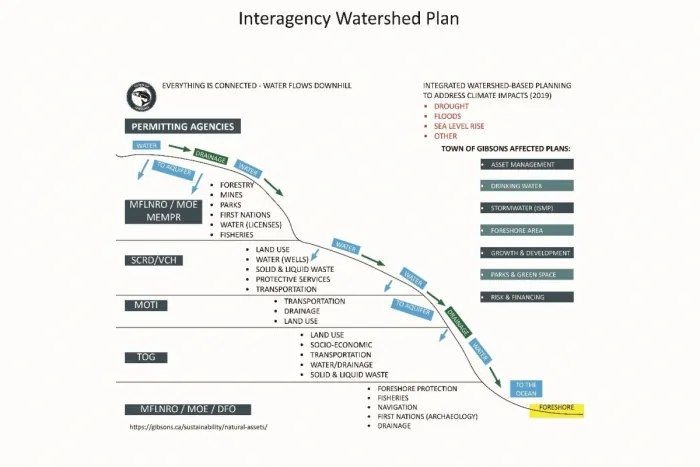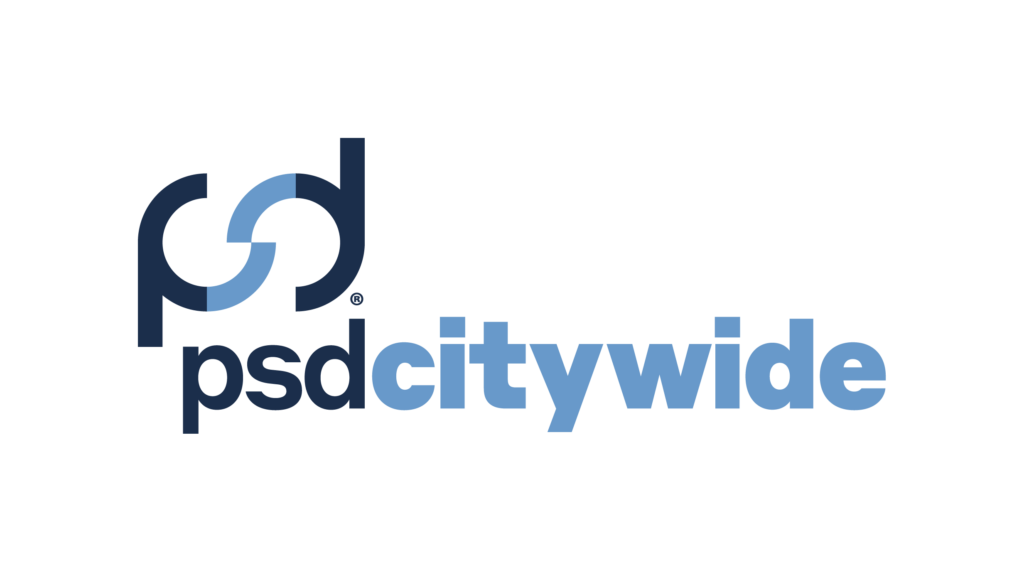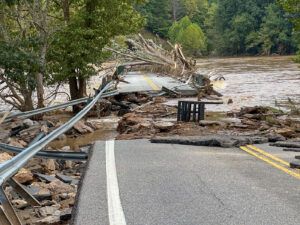When the Town of Gibsons first decided to implement a formalized natural asset management plan, it was primarily in an effort to mitigate the ubiquitous financial stress that plagues most Canadian municipalities (i.e. aging infrastructure and stagnant [or shrinking] capital budgets.) Ten years later, those envisioned benefits are coming to fruition, due in part to the depth of natural-asset-based knowledge we have gained along the way.
A comprehensive natural asset management strategy is enabling the Town of Gibsons to:
- Reduce costs by natural asset management so civil services can be provided at a lower cost than engineered assets, and in perpetuity;
- Manage risk by ensuring a proper understanding of what civil services are received from natural assets;
- Maintain healthy ecosystems by applying proven asset management strategies to natural assets; and
- Manage natural assets to provide civil services for future development by employing (rather than degrading) natural assets that existed on, or near, development sites.
Knowledge is Savings
One striking example of our evolving understanding of eco-assets can be found in our recently updated integrated stormwater management plan (ISMP). When the ISMP was first created in 2010, it contemplated an engineered high-flow stormwater diversion system to move water from Upper Gibsons to the ocean, which was ultimately found to be both too costly and an obstacle to development. Our updated ISMP takes a new approach, leveraging a network of ponds in White Tower Park (one of Gibsons’ formally recognized natural assets) to provide a natural solution to stormwater detention, treatment, and conveyance. As a result of this change, the Town estimates it will save at least $4 million in construction costs and tens of thousands more in future maintenance and replacement costs.
Knowledge is Power
Beyond savings, however, we’ve come to realize that a well-established natural asset management plan delivers an additional key benefit: it provides the critical data required to understand and prepare for the impending environmental impacts of climate change.
Another one of Gibsons’ formally recognized natural assets is the Gibsons Aquifer, which provides pristine drinking water to approximately 75 percent of the Town’s residents. It was the catalyst for Gibsons’ natural asset management strategy, which was first launched in 2009 with the commissioning of an Aquifer Mapping Report.
The report, which took four years to complete, provided the Town with a wellspring of foundational information, establishing the aquifer’s boundaries, hydraulic properties, projected yield, and recharge and discharge areas. The report also spurred a series of water-related initiatives, including the implementation of a universal water metering program; the official adoption of a water-use and conservation policy; creation of an aquifer-specific development permit area; and the initiation of a comprehensive groundwater monitoring program.
While implementing these initiatives required significant investments of time and money, our work has more than paid off, enabling the Town to cut its average daily water use by more than 50 percent, whilst better protecting the aquifer against perforation or contamination and moving closer to financial sustainability with regard to our water infrastructure.
We’ve also benefited from the groundwater monitoring program, which gathers detailed information about the long-term effect of variables such as user demand, climate change, and sea level rise. This data has also provided invaluable information about the aquifer’s ultimate capacity, giving us the confidence to move forward on a money-saving initiative to extend aquifer water service to the remaining 25 percent of Town residents currently served by a third party.
Finally, the report also provided us with a solid baseline against which to compare future data. When the Town first commissioned the aquifer mapping report, we understood that climate change was a genuine long-term issue. Today, that once-theoretical challenge appears to be more concrete, as evidenced by the hotter, drier summers and colder, wetter winters the Town has experienced in recent years. While the variation in local weather has not yet had a measurable affect on the aquifer, our groundwater monitoring program positions us well to track long-term trends, affording us key data needed to formulate an effective response.
Shared Knowledge is Greater Power
While our natural asset management program has enabled the Town of Gibsons to reap significant benefits, two main obstacles consistently impede our ability to affect profound and lasting environmental change, if only within our own community.
The first obstacle is scale. Geographically, the Town of Gibsons covers just four square-kilometers and lies at the foot of Mt. Elphinstone, on the edge of the Pacific Ocean. While our small size is beneficial in many ways, allowing us to more easily maintain and manage the natural assets that lie within our boundaries, it also means that we are constantly affected by environmental events that occur in the swaths of land that slope downwards toward us. If the creeks above us begin to dry up (or flood) due to global warming, it doesn’t matter how well we have managed our little corner of the world; we’re still going to be negatively affected.
Similarly, we are also impacted by the governance of the surrounding lands. As the diagram illustrates (Figure 1), rainwater that falls in our local watershed is subject to the multiple, often misaligned, land-use policies of six different permitting agencies – each with their own mandates, resources, philosophies and regulations. So, even though these organizations may each firmly believe in the need to implement creek management strategies (for example), it becomes extremely challenging to achieve the integrated, continuity of practice required to realize the full benefit of those measures on the ground.

We believe the challenges that come with disparate land-use approaches will ease as more communities learn about and begin to adopt natural asset management strategies (and other science-based practices such as a ‘whole-systems, water-balance’ approach.)
Word is spreading, due in no small part to the Municipal Natural Assets Initiative (MNAI), which was founded in 2017 with the objective of making municipal natural asset management mainstream across Canada. The MNAI team provides scientific, economic, and municipal expertise to support and guide local governments in identifying, valuing, and accounting for natural assets in the financial planning and assets management programs, and in developing leading edge, sustainable, and climate-resilient infrastructure. Additionally, the MNAI team has guided five Canadian communities through the implementation of a natural asset management plan and announced a new cohort of five test communities this past fall.
We can also break down some of the real and perceived boundaries that exist between various stakeholders by promoting increased collaboration. Last October, the Town of Gibsons, together with the Partnership for Water Sustainability in BC, assembled an unusually diverse group of different, but complementary, professions, organizations, and government bodies, including engineers, municipal planners, senior provincial policy folks, and consultants. This created a unique opportunity for people who often work on different phases of similar development projects to share the specific challenges they faced in implementing innovative water management practices while also gaining a better understanding of the challenges their colleagues faced. At the same time, the meeting sought to leverage the cross-section of professional knowledge in the room to generate some practical solutions to the various challenges presented.
The roundtable session proved to be extremely valuable and helped to promote a better understanding of the challenges faced by peers. Moreover, the session provided the opportunity to brainstorm solutions to perceived roadblocks. Additionally, as the relationships forged at the roundtable are ongoing, it fostered the type of open collaboration required to align practices and policies across the multiple governing bodies that administer a watershed.
In closing, we continue to urge the various community stakeholders who contribute to land management to commit to implementing a natural asset management strategy that reflects their current goals and available resources. In our experience, the benefits are multiple, measurable, and cumulative. The sooner you begin, the better.
ELIZABETH QUAYLE is the Communications Coordinator for the Town of Gibsons. She works closely with the Town’s management team to communicate Gibsons’ goals, strategies and achievements to the Town’s residents, and beyond.



